
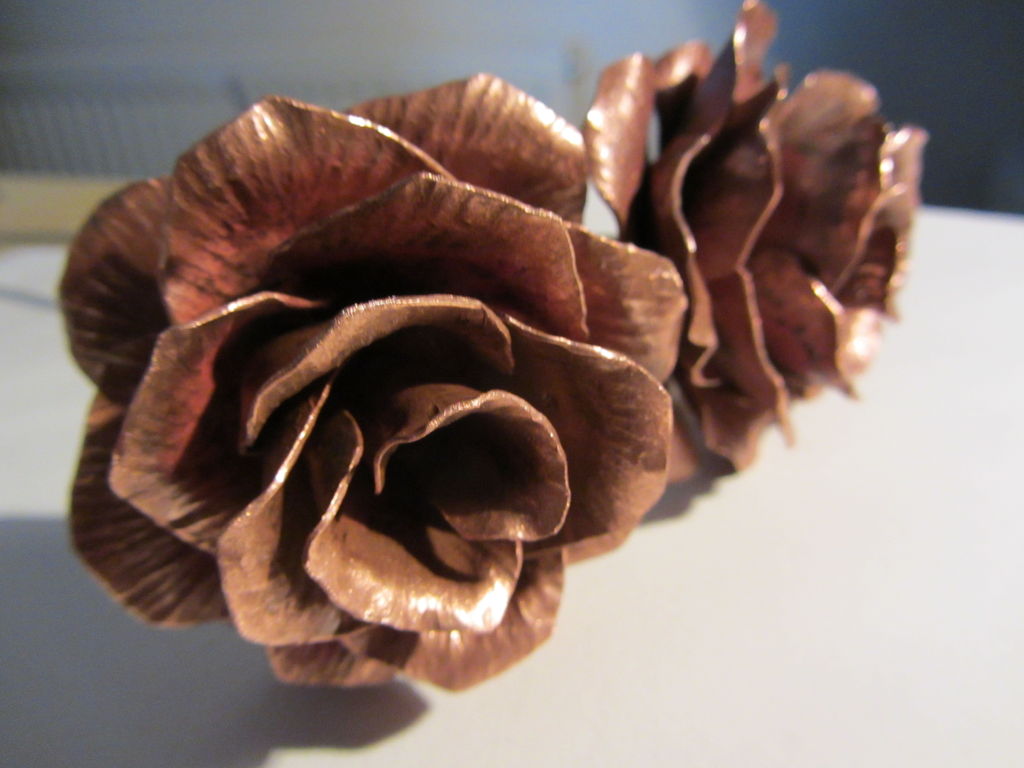
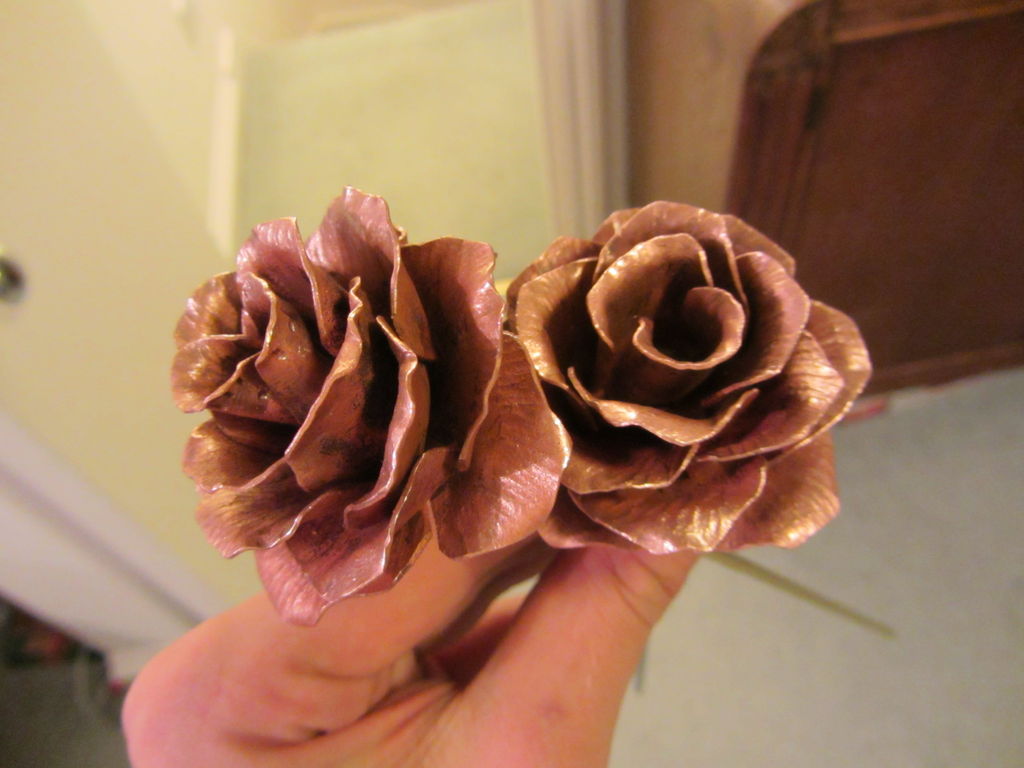
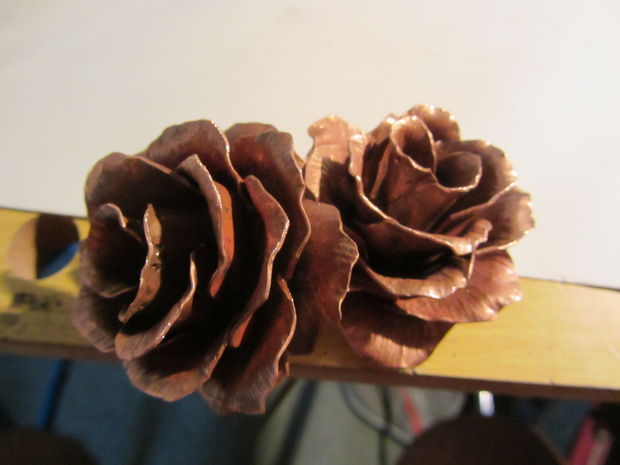
Hi all,
So, after lots of requests from the internet and my friends, I thought I'd upload a step-by-step guide to making a rose out of sheet copper and steel/brass rod. Of course, this is not a definitive guide - I saw a similar flower on the internet and wasn't completely satisfied with it, so modified it to suit what I wanted in a project. So feel free to adapt and change as you go along; as long as you don't just steal my idea and call it your own, I'm fine with it. If you do end up making this and enjoy it, please vote for it on the Valentine's Day contest page or by clicking the 'vote' tab above- it really will be a nice surprise if I place in it.Few words before I begin (skip ahead if you want, nothing here's essential): This is my first attempt, ever, at making a guide to a metalworking project (or actually to a project of any sort) - whilst I have guided friends through making things in person, I've never tried to communicate steps just via words and pictures. So this is a new type of challenge for me, and the outcome may not be perfect. That said, I know that I may make steps too complex/it's fairly easy to be misunderstood, so if you do want clarity on a particular step, just comment and I'll do my best to fill you in. This is a fairly simple metalworking project, as there is no welding of any kind involved, which can sometimes dissuade beginners.
Secondly, I am assuming a variety of things, such as workshop ability. I am 17, have done a Design and Technology (Resistant Materials) GCSE (woo A*) for which I was awarded an engineering scholarship, spent many, many hours doing metal and woodwork both in and out of school and in general love working with my hands. It's therefore safe to say that what I may find simple (texturing, peening) may be a complex process to many of you, so I have tried to make this project as simple as possible, whilst still producing a satisfying end result that looks, and feels, professional. I have kept all the stages exactly the same as the first time I made one, so I haven't dumbed it down at all, but want to warn you - this is not something that can be done without commitment to the project. It really is worth it though.
Thirdly, and most importantly, be safe. Whilst this is not a particularly dangerous or complex project, it does involve working with tools and temperatures that can give you nasty burns/cuts/trips to hospital - I should know, I've cut myself (not badly) several times on multiple projects. So just play safe - don't rush, and plan out what you are going to do. I'm lucky in that I have parents who are really happy that I have a hobby on the side, and are cool with me using propane torches etc. as long as I am safe and responsible- yours may not be, so check it out with them beforehand. Who knows? Your dad might rediscover a hidden passion for metalwork - but just ask. If you're lucky enough to have a workshop, great - I don't, but I did use money from the scholarship to buy a workbench for my room, giving me a safe worktop to use. In essence, don't do anything you'll regret later.
With that out of the way, we can move on.

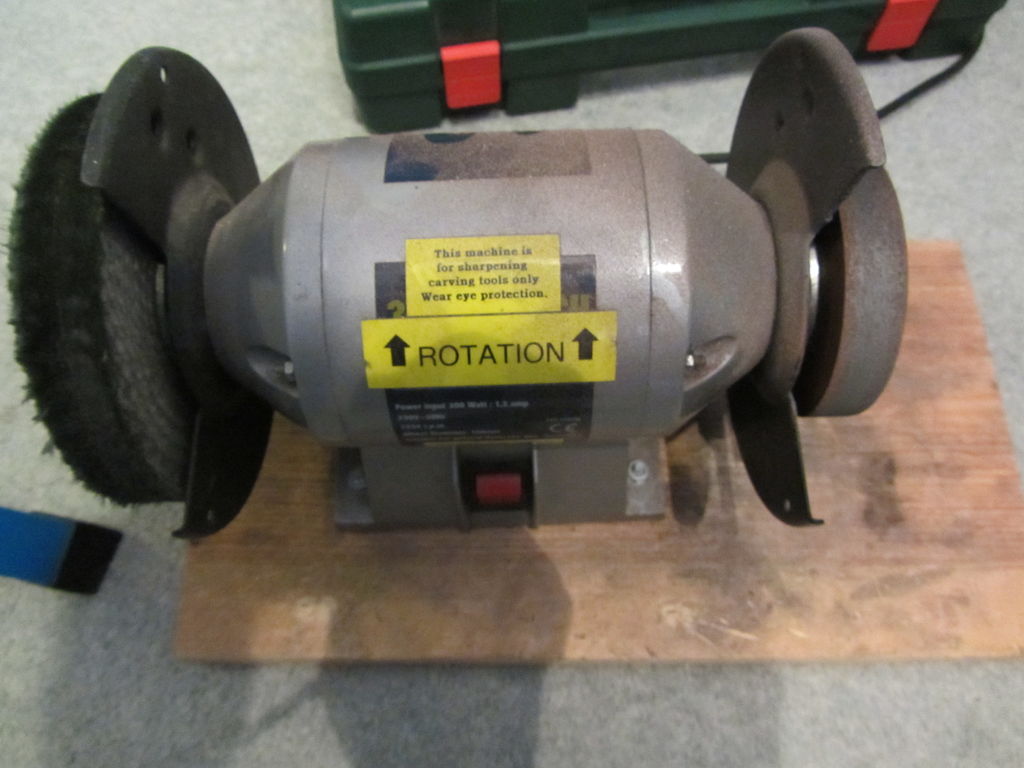
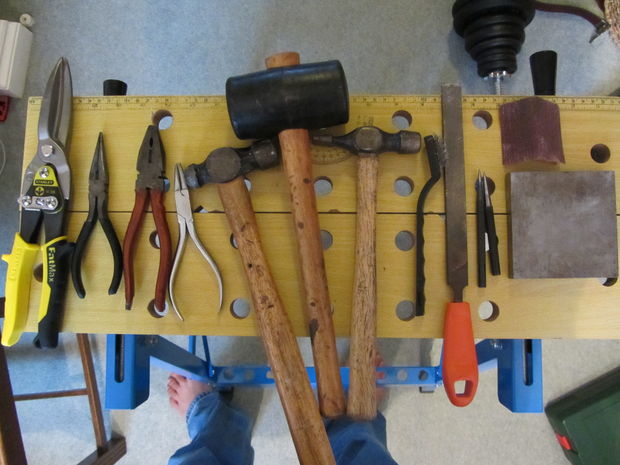

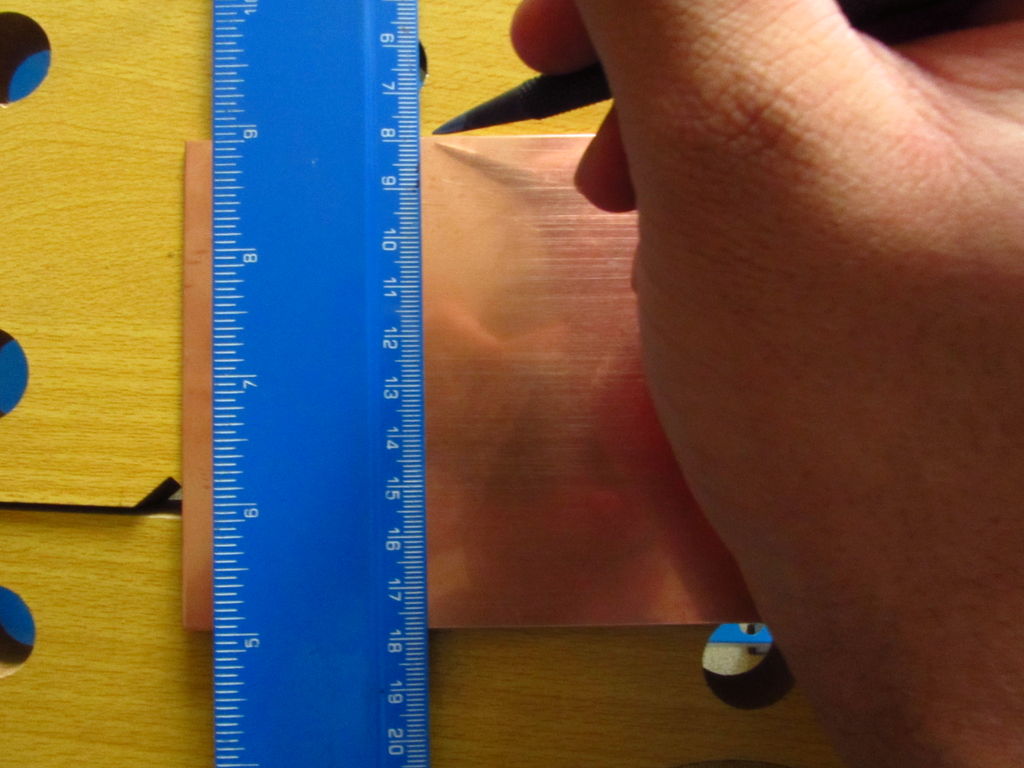
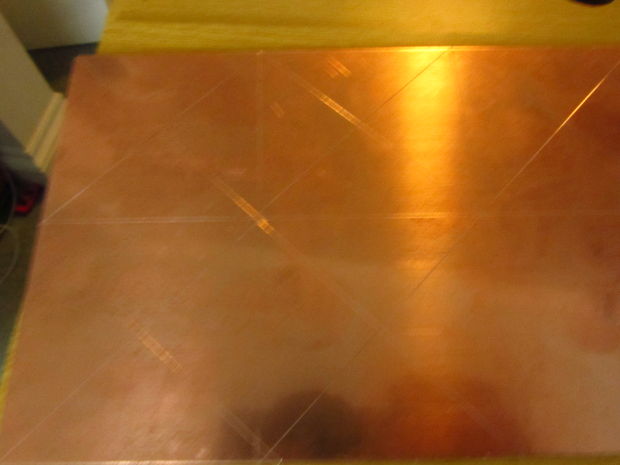
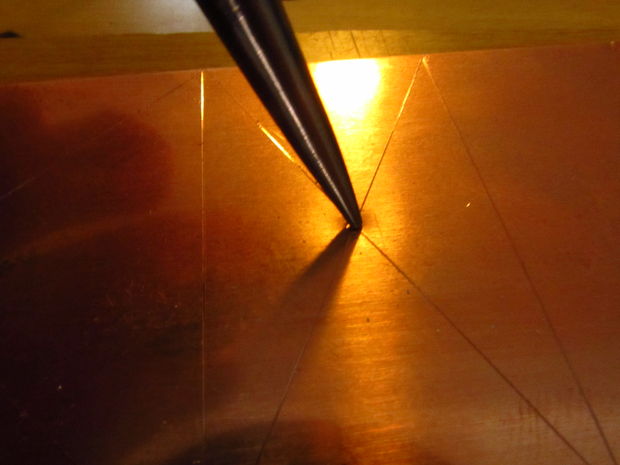
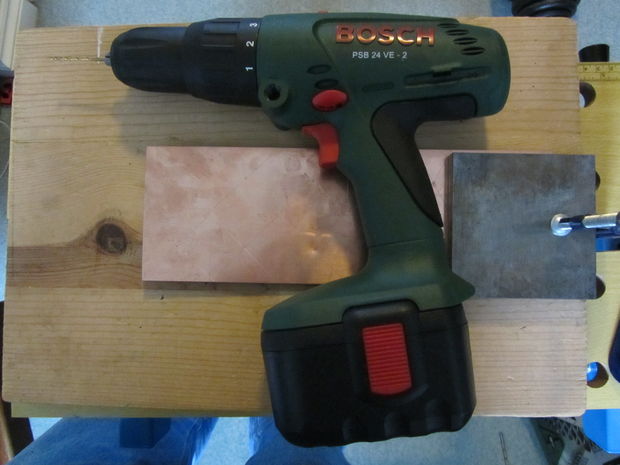
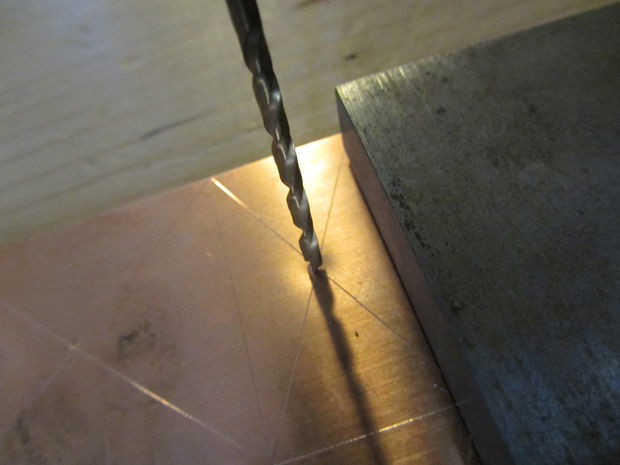
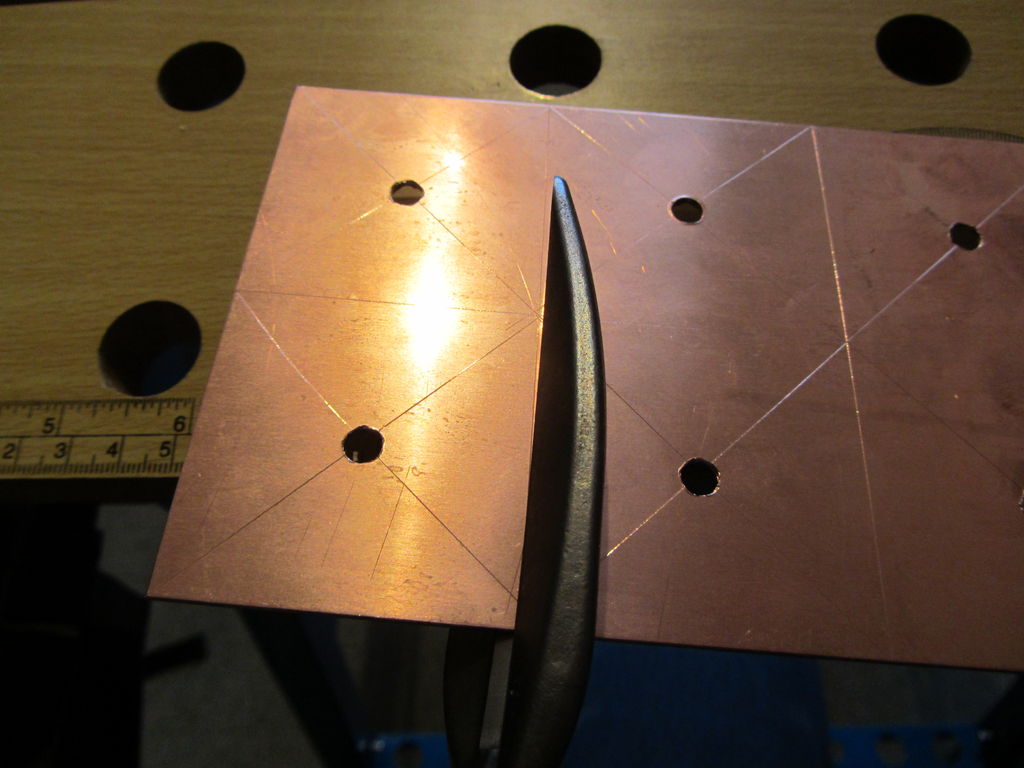
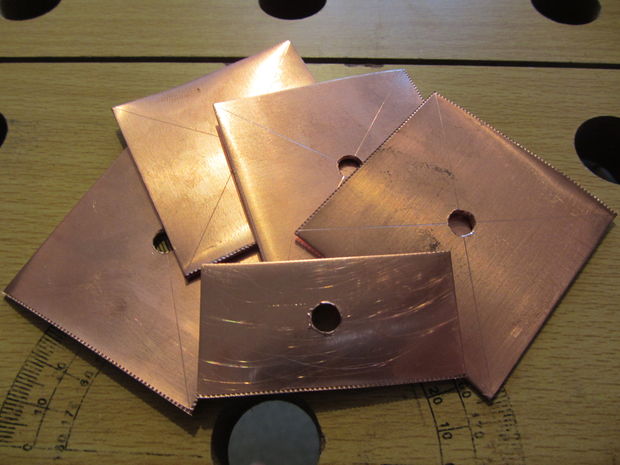
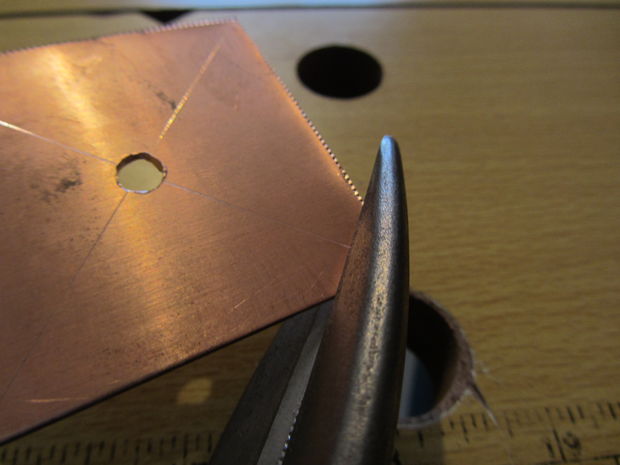
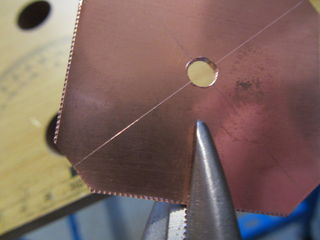
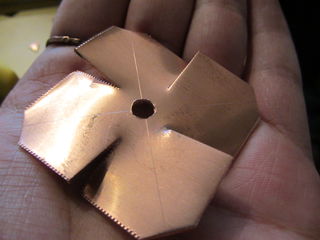
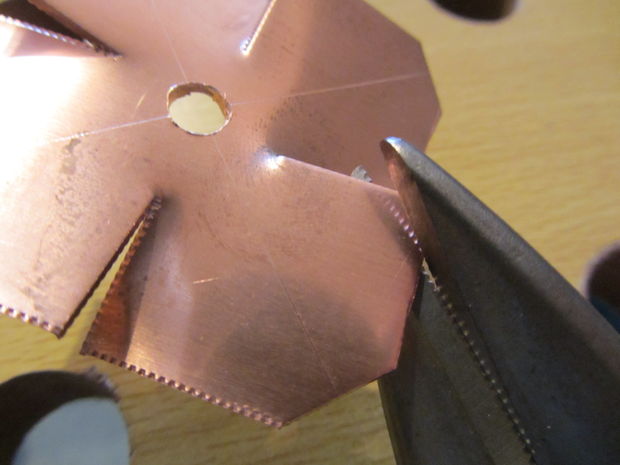
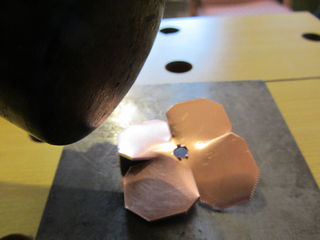
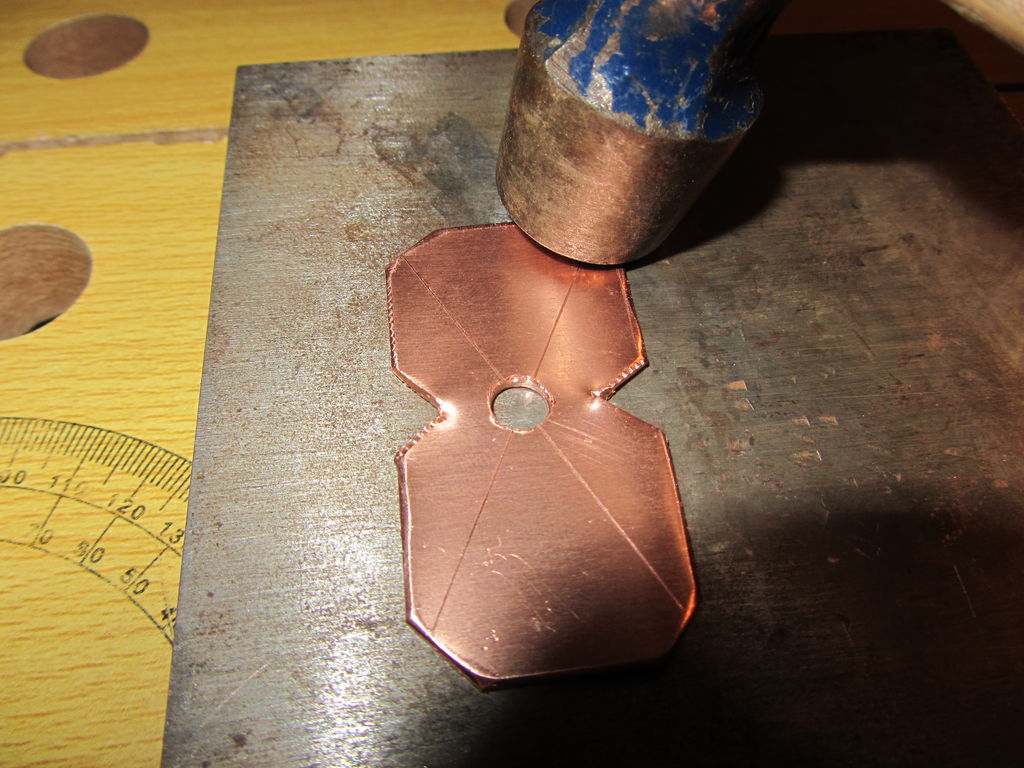
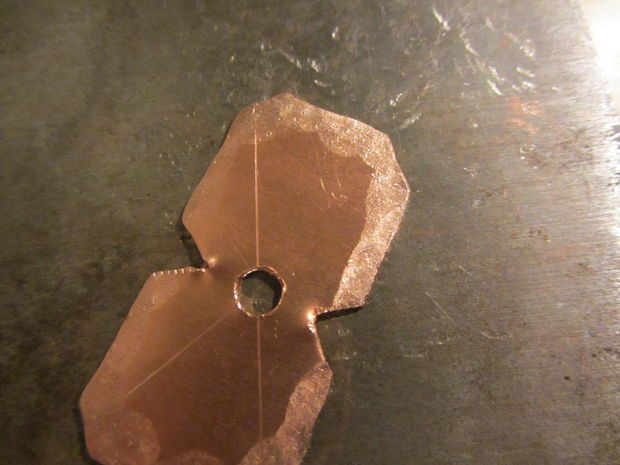
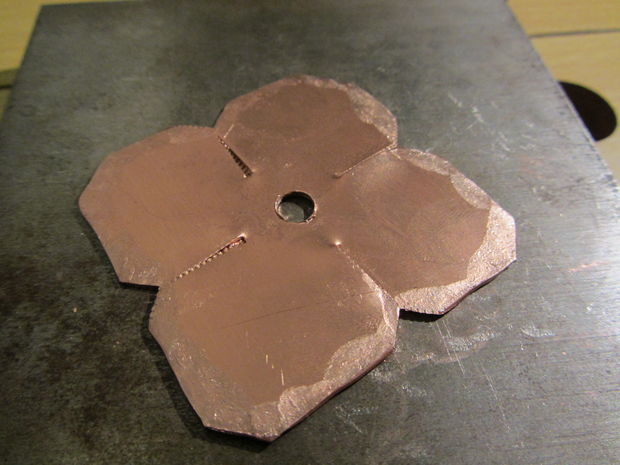
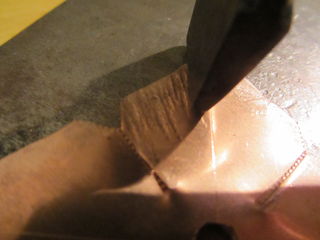
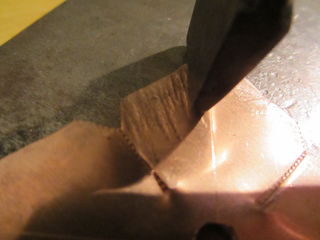

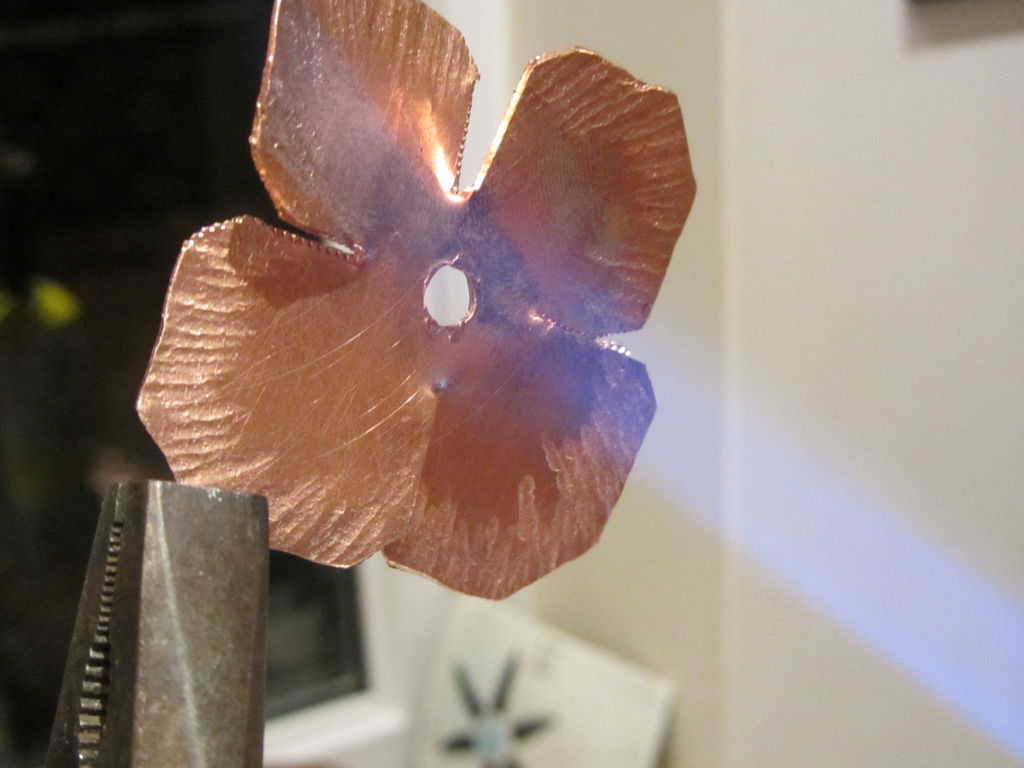

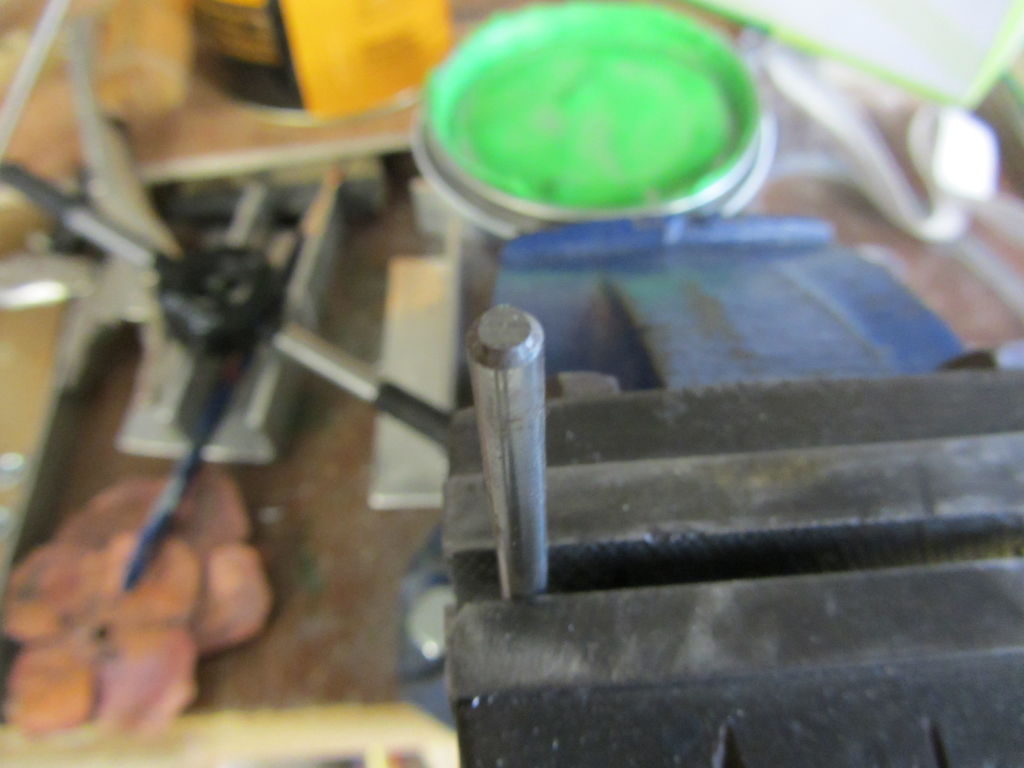

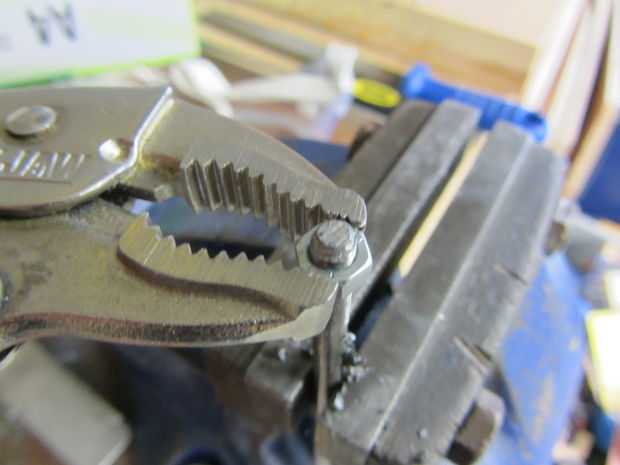

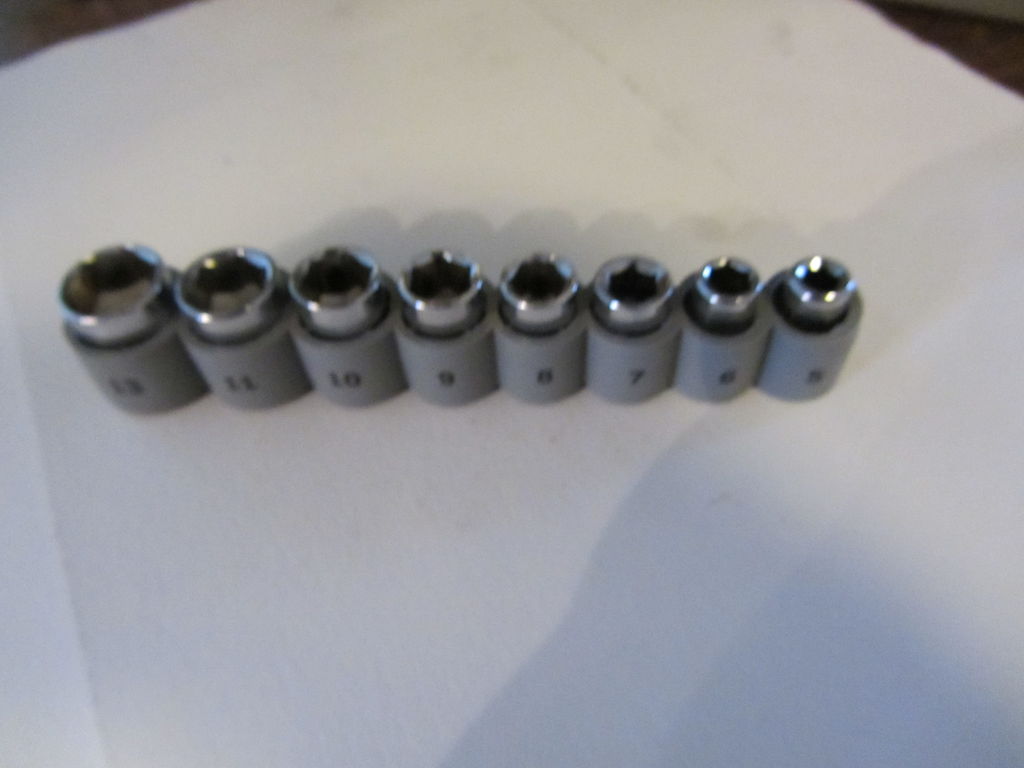

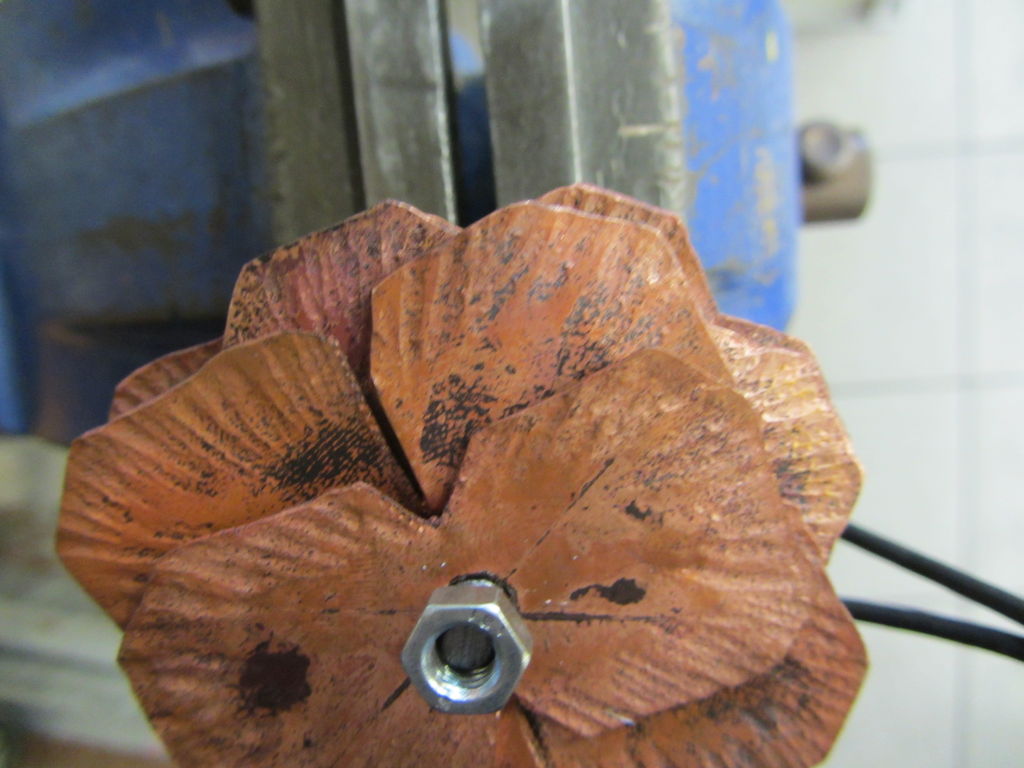
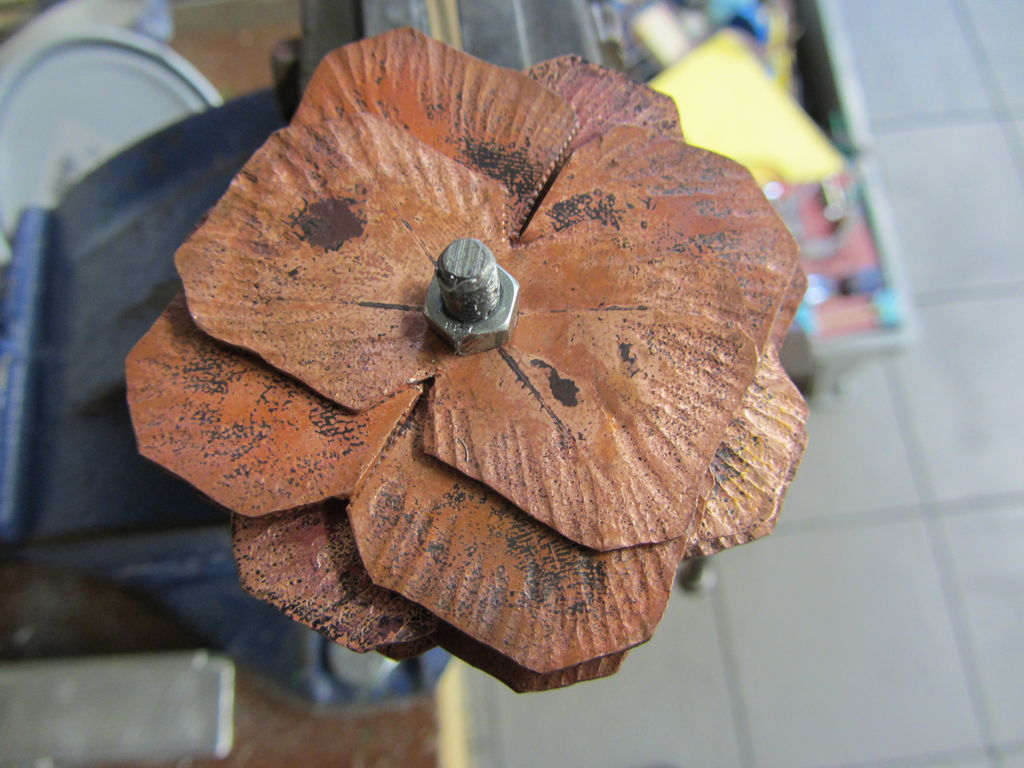
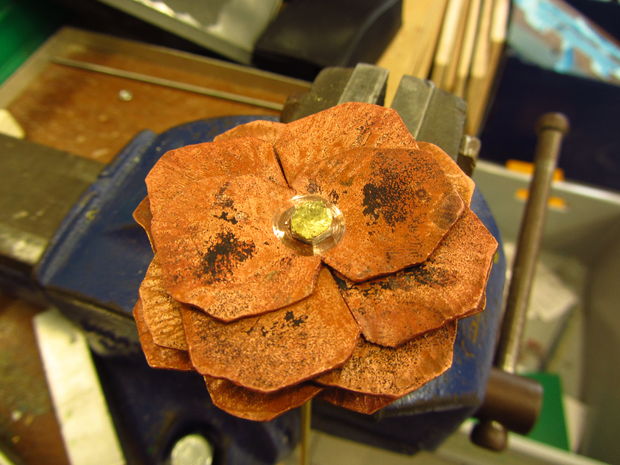
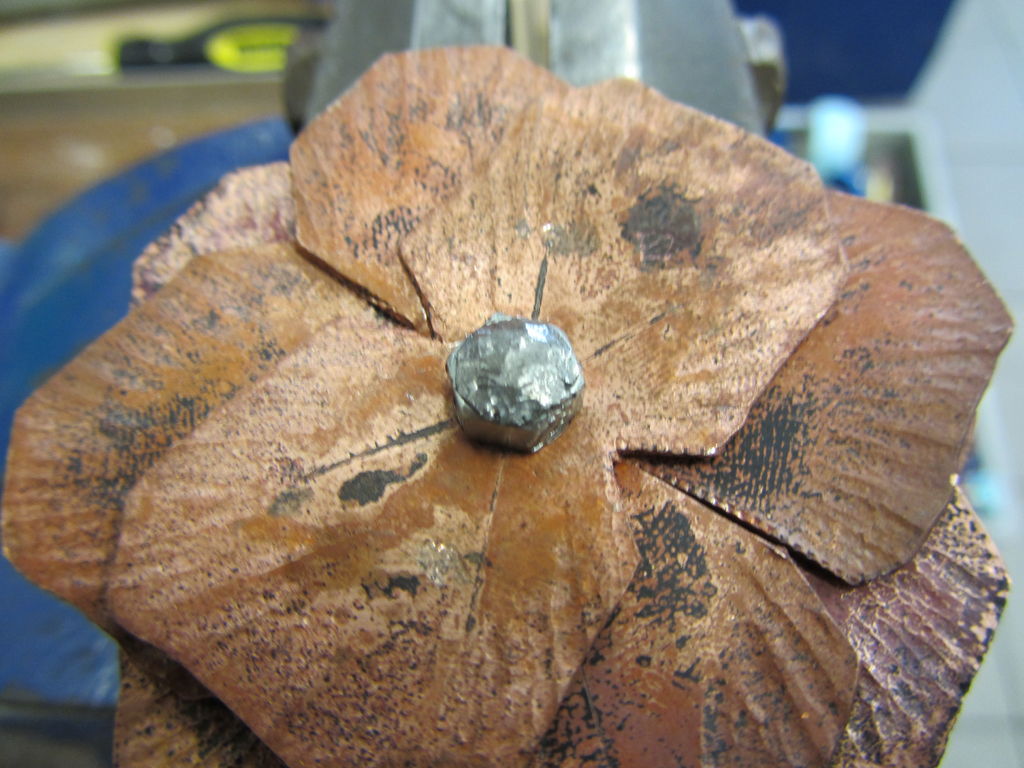
 我要赚赏金
我要赚赏金

